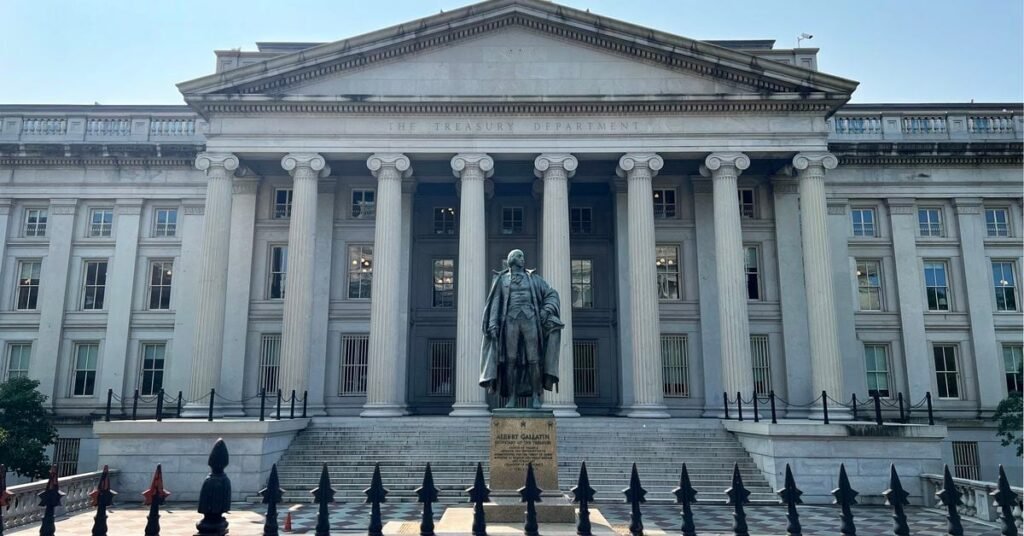
A
few
years
ago,
bitcoin
(BTC)
became
a
popular
means
to
conduct
illegal
transactions
to
support
a
booming
global
business
in
the
smuggling
and
exploitation
of
people,
according
to
an
analysis
released
Tuesday
by
the
U.S.
Department
of
the
Treasury.
Based
on
financial
firms’
government
filings
in
2020
and
2021,
that
period
saw
an
upswing
in
the
use
of
crypto
–
most
commonly
bitcoin
–
in
crimes
that
included
human
trafficking
and
the
sexual
exploitation
of
children,
according
to
the
trend
report
released
by
the
Treasury’s
Financial
Crimes
Enforcement
Network
(FinCEN).
In
those
two
years,
the
analysis
found
2,311
reported
uses
of
crypto
in
such
crimes,
amounting
to
more
than
$412
million.
“Victims
of
these
crimes
are
placed
into
forced
labor,
slavery,
involuntary
servitude,
peonage,
and/or
forced
to
engage
in
commercial
sex
acts,”
the
report
said.
And
the
use
of
crypto
was
on
a
sharp
rise,
with
1,975
reports
in
2021
eclipsing
the
336
in
2020.
“Human
traffickers
and
perpetrators
of
related
crimes
despicably
exploit
adults
and
children
for
financial
gain,”
said
FinCEN
Director
Andrea
Gacki,
in
a
statement.
Financial
firms
flagging
these
cases
“ultimately
helps
law
enforcement
protect
and
save
innocent
lives.”
But
the
most
recent
data
examined
was
from
December
2021
–
more
than
two
years
ago.
That
period
pre-dated
the
crypto
winter
and
the
subsequent
recovery
in
recent
months.
A
majority
of
the
cases
evaluated
in
this
report
involved
the
exchange
of
crypto
for
“child
sexual
abuse
material”
–
typically,
“CSAM”
involves
explicit
photos
and
videos
of
children
–
generally
over
darknet
marketplaces,
with
the
use
of
crypto
kiosks
(commonly
known
as
bitcoin
ATMs)
or
with
transactions
run
through
mixers,
FinCEN
noted.
The
use
of
crypto
and
the
common
methods
of
transaction
have
undergone
some
changes
since
that
period,
and
crypto
data
firm
Chainalysis
noted
“the
scale
and
severity
of
CSAM
activity
peaked
in
2021,”
according
to
a
review
published
last
month.
FinCEN’s
report
suggested
that
some
of
the
increase
over
the
two-year
span
could
have
been
spurred
by
“raised
awareness
and
vigilance”
from
financial
institutions
informed
of
criminal
use
of
cryptocurrencies.